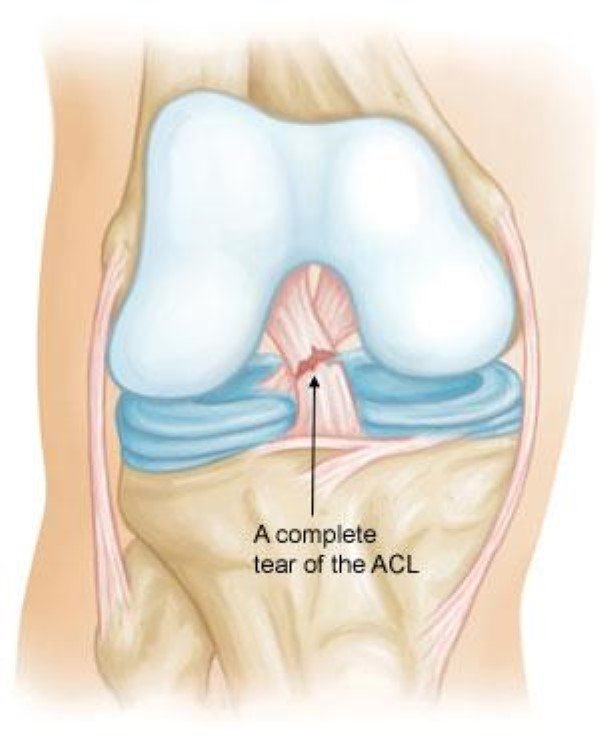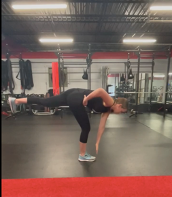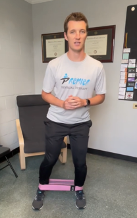Three Injury Prevention Exercises for Continued Performance in Soccer
Preventing orthopedic injuries is much easier than rehabilitating from one.
Soccer is the primary sport I grew up with. It’s the sport I most easily identify with, having played and watched tens of thousands of hours over the years. One unfortunate reality of soccer is the prevalence of ACL tears and other serious injuries. Something I’ve learned over the years is how EASY it is to prevent many of these non-contact injuries when the athlete is given a proper individualized program.
Your individual movement patterns are subject to your skill level, gender, fitness level, competition level, and position(s) on the field, among other factors. A female right-sided defender at the collegiate level will place a different degree and quality of stress on her left knee compared to a 12-year-old male recreational striker. One position requires constant movement, turning, and torquing of the knee while the latter follows more of a sprint-walk pattern at a lower intensity.
The stress placed on your knees and other lower body joints is based on something called “moment arms”. Check out this graphic from your physics class here. I like the seesaw example because it’s clear to see that someone exerting twice the force (400 N vs 200 N) of their peer standing half the distance (1 m vs 2 m) from the fulcrum (“joint”) produces the same net moment. As a result, the seesaw remains stationary.
Each of us have hundreds of moment arms in our body. But rather than a seesaw with two individuals, each one involves a joint, a muscle, and a load. This gets complicated quickly and is beyond the realm of this discussion. However, keep this in mind: when a ligament (ACL in your knee, for example) is stressed too much by an external load, injuries quickly occur.
Additionally, the amount of stress on your knee ligaments grossly increases when your glutes and hamstrings fatigue or aren’t strong enough. A simple injury prevention tool for soccer players is to therefore improve upon your hip abductor and hamstring endurance in a variety of dynamic positions. Some of these examples are available in the FIFA 11+, the injury prevention guideline published by soccer’s worldwide governing body, FIFA.
Keep in mind that individuals need an individualized injury prevention program, but some of my favorite generic, soccer-focused exercises include:
1. One-legged straight-leg dead lifts with your eyes closed. 2 sets of 15 repetitions. This exercise improves your hamstring endurance through a variety of positions, but it also challenges your balance and encourages you to move slowly and confidently.
2. Three-way lateral band walk- keeping your feet straight in three different positions (knees straight, knees slightly bent, knees bent more). Step sideways 10 steps left then right. One lap per knee position. This exercise encourages hip abductor endurance in a variety of hip and knee flexion angles, which translates to better functional movement patterns on the pitch.
3. One-legged broad jump. 12 repetitions each leg. Squeeze the glutes as you balance on one leg and jump forward. Focus on your landing pattern; if you’re squeezing the glutes, you should be able to take off and land with your hip, knee, and ankle in good vertical alignment (as opposed to the knee caving in). This exercise helps with running and landing form from jumps, reducing your risk of ACL ruptures. Start by jumping shorter distances, ensuring the form looks good (mirrors help with this!), before then progressing distance.
Stay tuned for further soccer-related content. As always, if you have any questions, reach out anytime! Our number is 980-766-9740 (call/text) or email phil@premierptnc.com.





